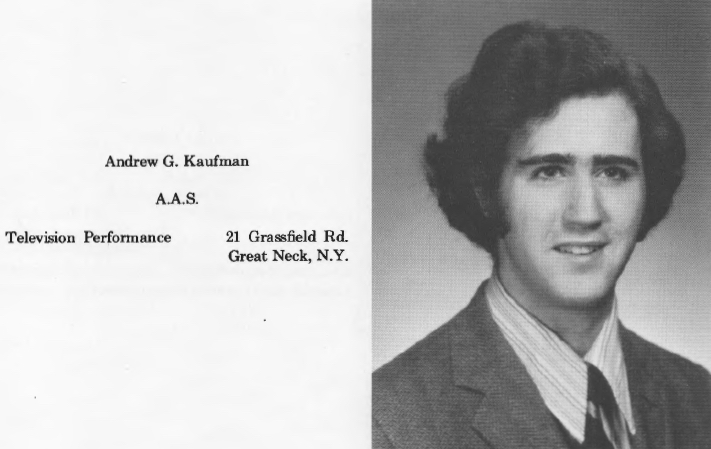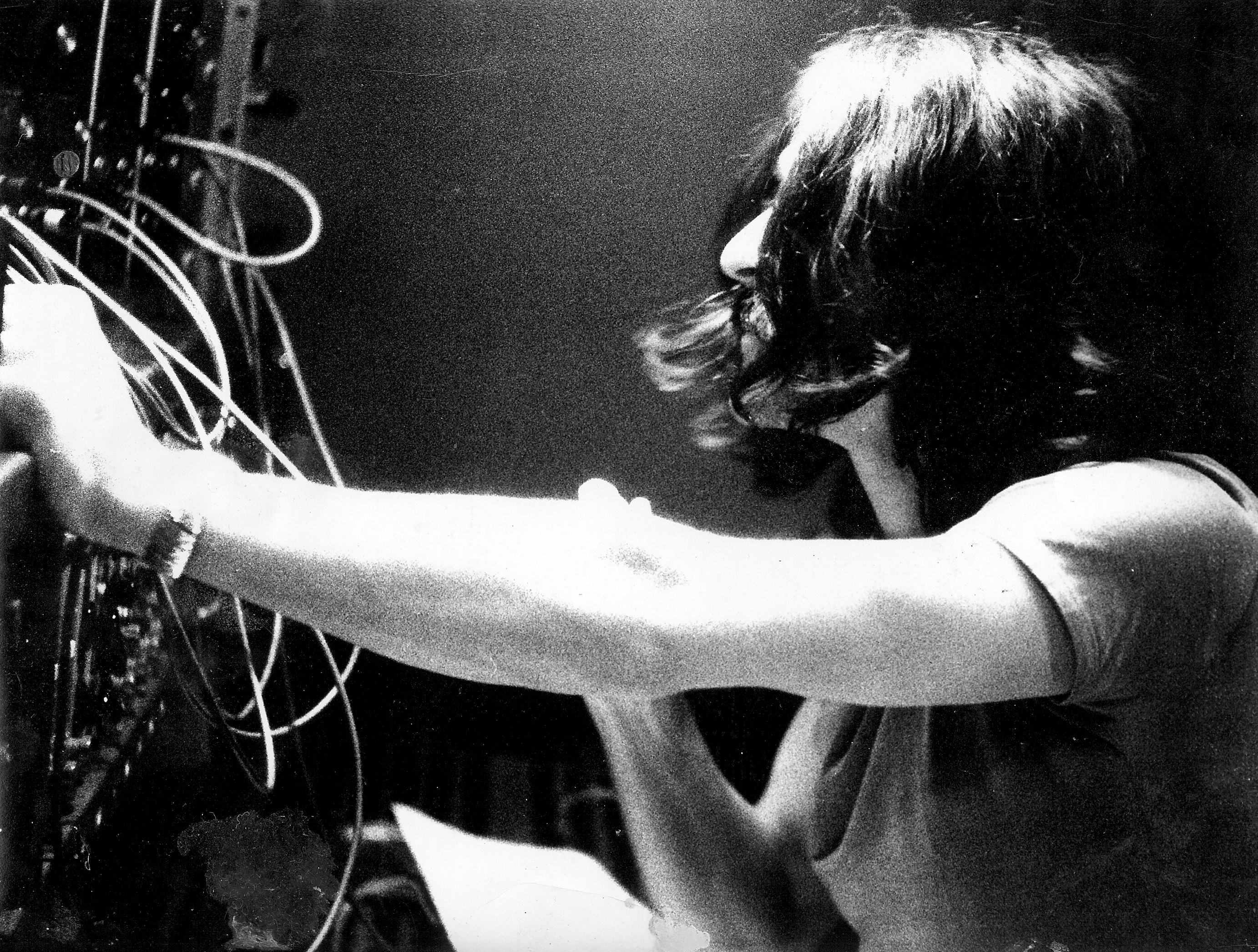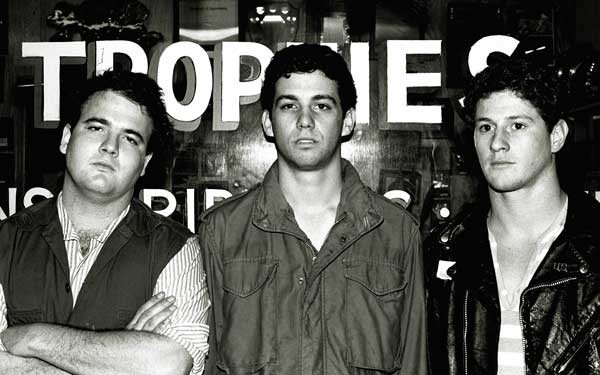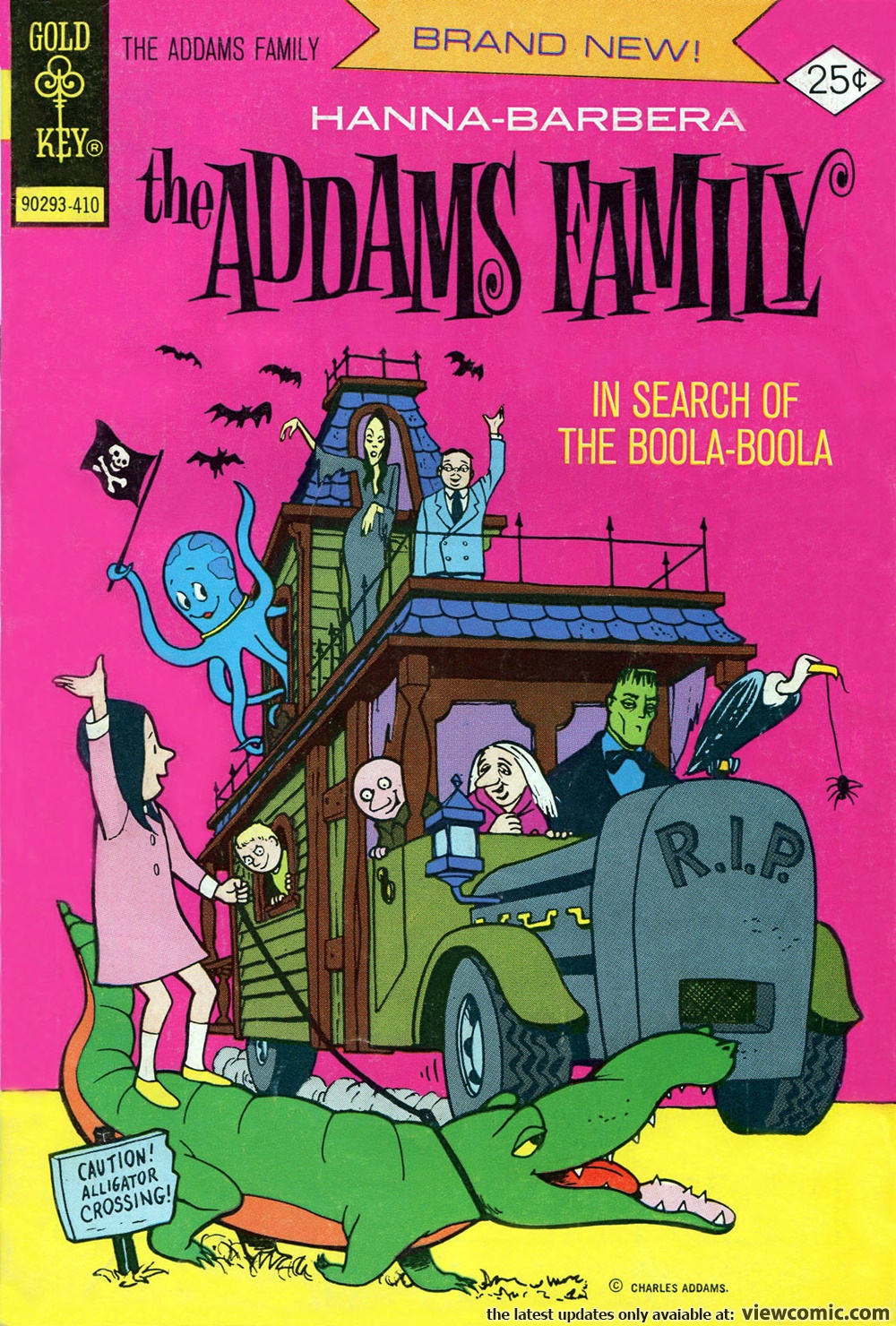
Dangerous Minds doesn’t have an official mascot, but if the possibility ever manifests, I’d like to suggest Morticia Addams, as embodied by the delectable Carolyn Jones, for the position. Morticia and her brood made the potentially awkward leap from the pages of The New Yorker, where they were a tad more convincingly ghoulish—a classic panel involved the family tipping hot oil on a gaggle of trick-or-treaters—to the mass medium of network television in the mid-1960s, a transition the entire gang achieved with remarkable aplomb.
As it existed on TV, the Addams Family was the approximate correlative of Bizarro in the Superman universe. Since you can’t roast little children on a spit on prime-time TV, the gang took a left turn to perversity. Many gags played on some humorously “opposite” reaction to events (“Oh thank you, this makes me totally miserable!!”), and that very bent for unorthodoxy turned the Addamses into natural and unwitting (?) stand-ins for bohemians, beatniks, freethinkers, and weirdos of all stripes.
The subversiveness of the Addams Family, if it needs spelling out, involves an extreme embrace of tolerance and a perhaps-radical notion that even weirdos could raise a good family. Morticia and Gomez (played wonderfully by John Astin) loved their children every bit as much as the Cleavers did, and said children almost certainly ended up with fewer neuroses. Gomez was some kind of mad millionaire, and for her part Morticia may have been the most refined creature available for view on network television. It can’t be missed that the Addams brood is notably heterogeneous—in other words, composed of a diverse variety of freaks. The Addamses embraced difference as well, opening their doors even to those lacking a torso, or an epidermis. Nobody expressed relish, zeal, or ardor with more brio than Gomez, and Morticia’s alert form of ennui had a certain proto-postpunk edge to it.
The show ran from 1964 to 1966. In 1974 Gold Key Comics ran three issues of a projected Addams Family comic book. One of Gold Key’s early titles was called Space Family Robinson, and if you think that sounds a lot like Lost in Space, Gold Key’s legal team held much the same perspective. Another feather in Gold Key’s cap was its status as the first comic book publisher of any type to run a Star Trek title, one of its longest-running features, and it also found success with a Twilight Zone title. Gold Key also had many, many licensed titles along the lines of The Flintstones, Beetle Bailey, and The Pink Panther.
According to Wikipedia, many of Gold Key’s flirtations with licensed material “were characterized by short runs, sometimes publishing no more than one or two issues.” The Addams Family outlasted that, at least—it ran for three issues. It’s noteworthy that the cover images are copyrighted to “Charles Addams,” and indeed, the pictorial representation of the gang does hark back to the characters’ New Yorker origins.
What follows are the remaining two covers (you’ll find the third one at the top of this page) and a few representative panels.
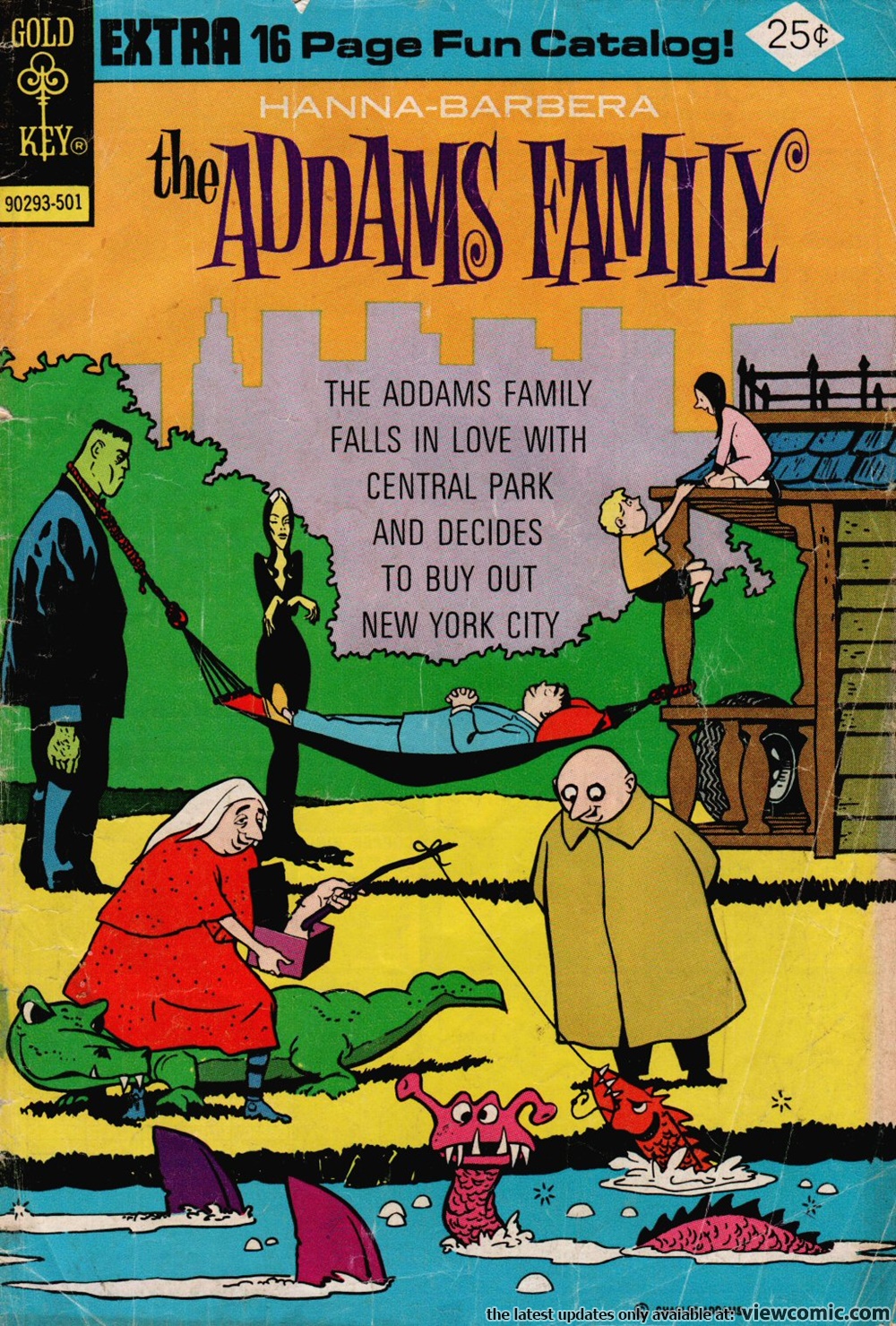
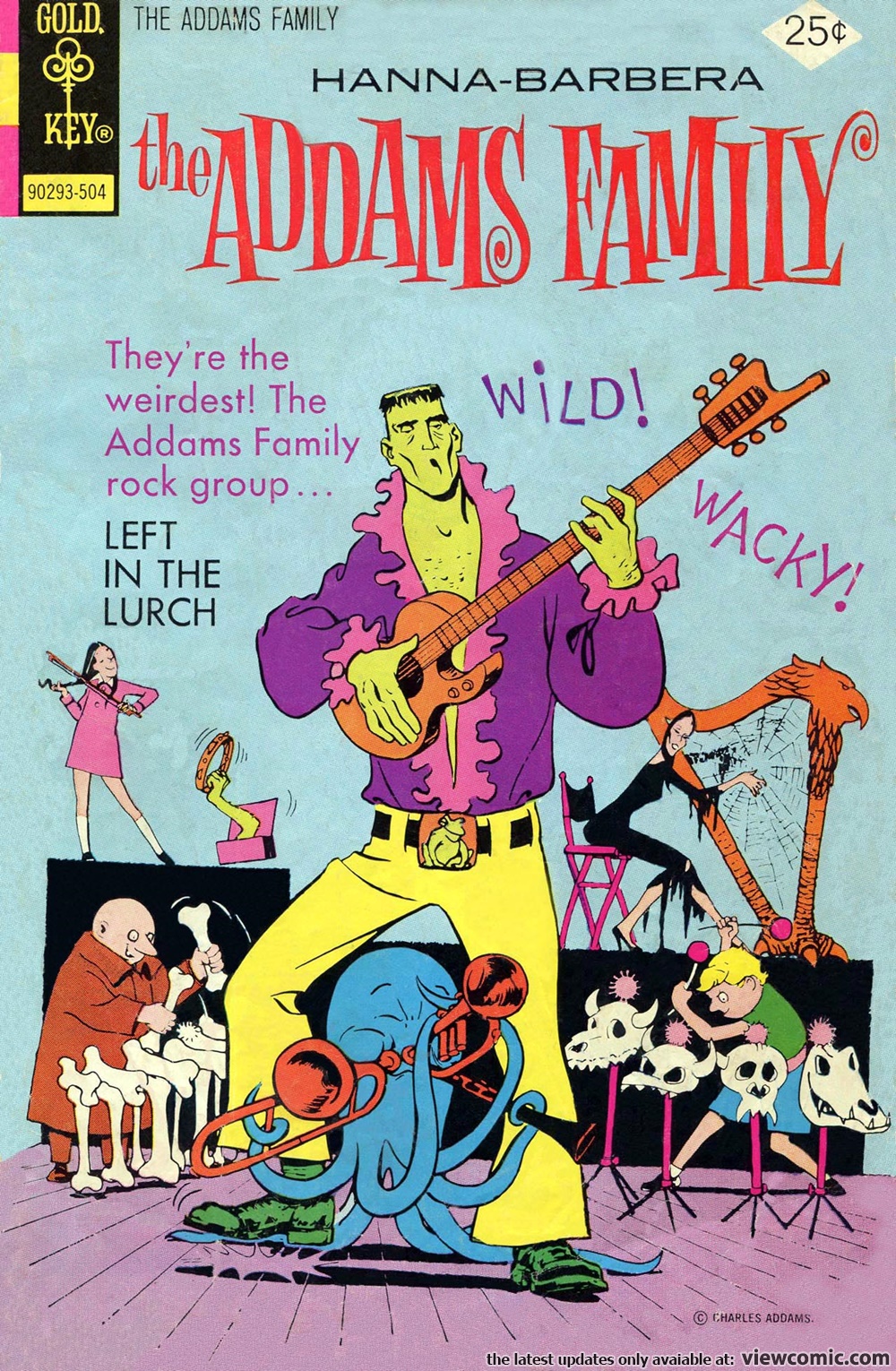
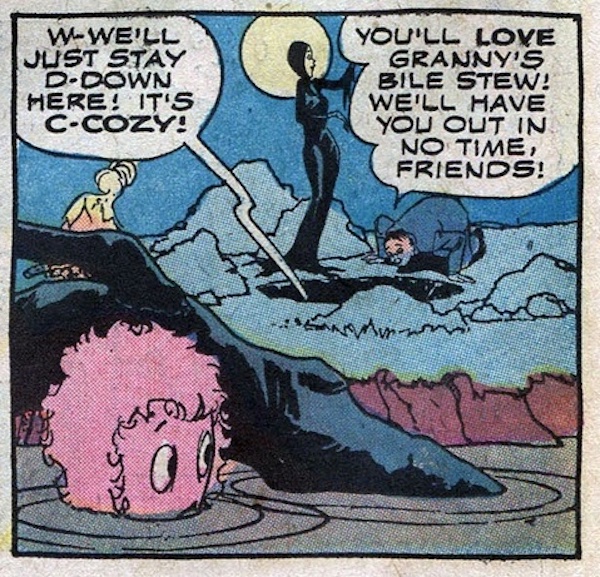
Much more after the jump…....






